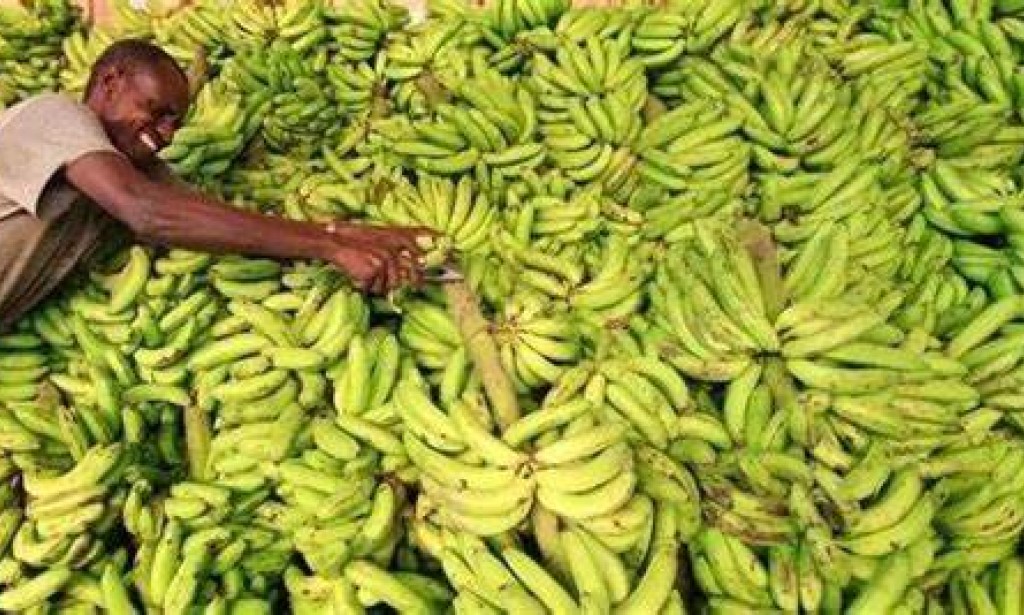Nigeria is known for its rich agricultural practices, with many farmers focusing on producing high yields of staple crops, fruits, and vegetables. Plantain farming offers a unique opportunity for increased agricultural output as its highly marketable produce is popular in many parts of the country. In this post, we’ll discuss how to get started with plantain farming in Nigeria.
For starters, you’ll need to assess your land and climate to determine what varieties of plantain will yield the highest results. Nigeria’s climate supports a wide range of plantain varieties, many of which are well suited for backyard plots or farming on a larger scale. After selecting a variety that works best for your land, you’ll need to procure quality seedlings. Here, you can purchase certified, disease-free plantain suckers or plantain stems from reliable suppliers.
The next step in how to start plantain farming in Nigeria is preparing the land. Plantain does best when planted on flat sites with plentiful access to light, water, and healthy soil. To maintain a healthy yield it’s important to maintain proper weed control by tilling the soil and removing all weeds prior to planting. Be sure to apply manure and appropriate pesticides during the early stages of the plantain’s life cycle.
Once ready, carefully plant the suckers about 18 inches apart in rows, burying up to halfway in the soil. Keep in mind that planting distances may vary depending on the variety of plantain cultivated. During the development phase, make sure that you don’t allow any water logging as this can damage the plantain suckers. Finally, after the proper amount of time has elapsed, you can start harvesting your plantains.
By following these steps, you can get started with successful plantain farming in Nigeria. Utilize the right varieties, land preparation, and follow the necessary guidelines and you may benefit with an abundant yield and healthy profits.





You must be logged in to post a comment.